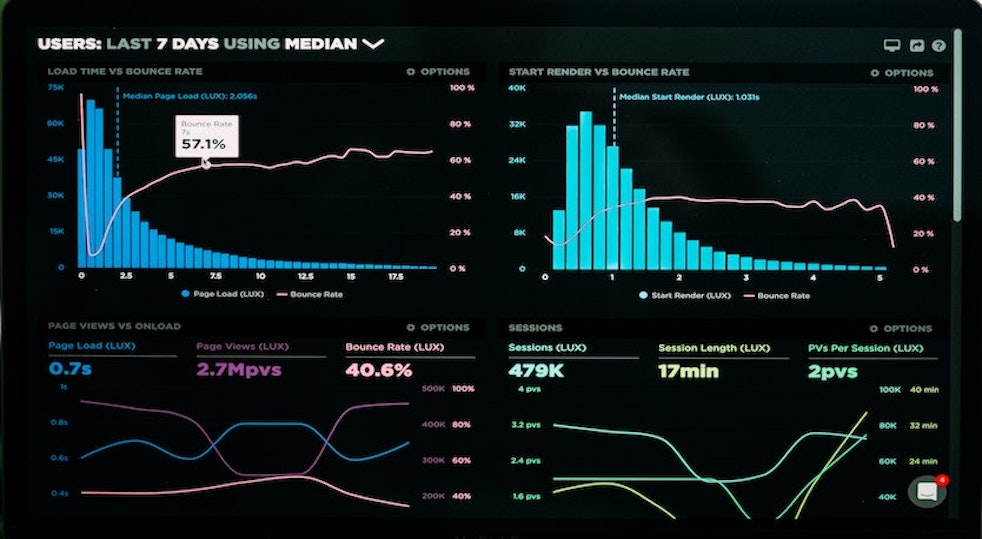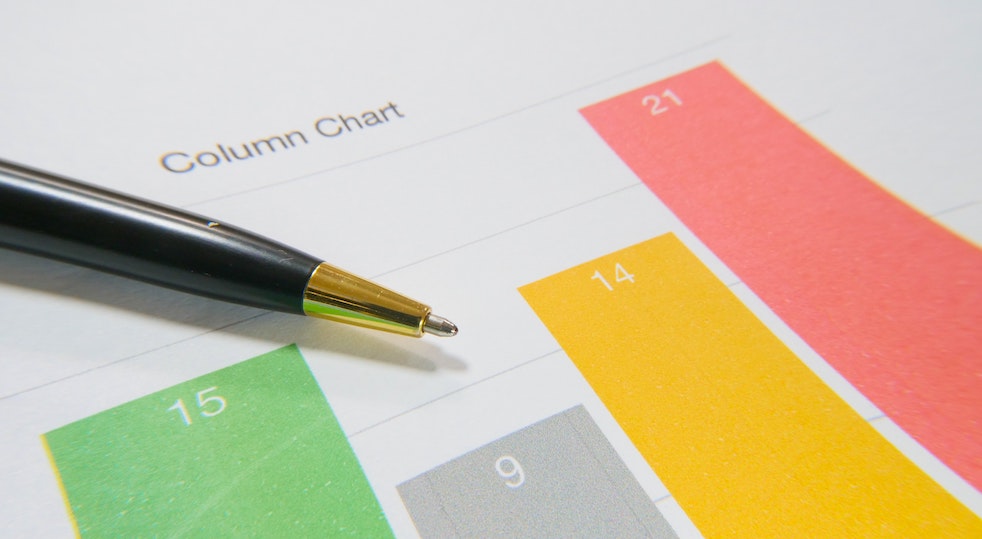To complement our series of QuickReads covering measurement, we will now explore the various data…
Breakdown between front office and back office causes chaos
 ChangeWise recently chaired a round-table discussion with customer service experts, where we discussed how weaknesses and failings in the back office can translate into spikes in call volumes and customer dissatisfaction, and shared experiences on how front and back offices can work together more effectively.
ChangeWise recently chaired a round-table discussion with customer service experts, where we discussed how weaknesses and failings in the back office can translate into spikes in call volumes and customer dissatisfaction, and shared experiences on how front and back offices can work together more effectively.
For example: In March 2010 the Public Accounts Committee (parliament’s spending watchdog) condemned the taxman’s call-handling operations as “poor” after 40% (40 million) of callers did not get through in the previous year despite a drive in the back office to save money by getting taxpayers to use the telephone or internet rather than letters and face-to-face interviews. At peak times customers waited an average of 4 minutes; they were confused by 139 separate telephone numbers and created unnecessary calls (failure demand) to clarify poorly written material.
The committee chairman at the time said “if an organisation wants more of its customers to contact it by telephone, then it has got to be good at answering calls. Staffing levels should be matched more closely to the peaks and troughs of demand and the department must do more to cut the number of calls it regards as unnecessary”.
The result? A £34m investment in 1,000 new contact centre staff aimed at answering 90% of all calls, at a significantly higher cost to the taxpayer than online transactions, and with no guarantee that its contact centres would remain open indefinitely.
However, there appears to be a breakdown in communication between the government and HM Revenue and Customs.
Cabinet Office minister Francis Maude has instructed government departments to now operate a digital-by-default approach to public services by delivering all services that can be delivered online to “be delivered only online” and to shut down traditional services like telephony to cut costs further.
HMRC insisted this would “annoy” millions of people. This suggests HMRC aren’t quite ready to give up on the traditional way of communicating with the public.
A spokesman for HMRC said the department needed to “respond to customer demand” and “HMRC is committed to ensuring that every one of our millions of customers can contact us, so it is only right we continue to offer contact centre options, alongside our digital services.”
However, government digital champion Martha Lane Fox insists, “It’s not an option to keep a call centre going when you see volume go dramatically down. So of course, you have to turn channels off”. However as already seen these call volumes are not going down yet.
HMRC are saying the web is not working and is driving call volumes up, yet the government insist that digital is the way forward and the best way to reduce costs. And guess who suffers either way… the tax payer!
So you see, poor change management happens at even the highest levels and changes in the back office to save money can significantly impact the front office driving up overall costs. Head over to our website to find out more about what we do.



